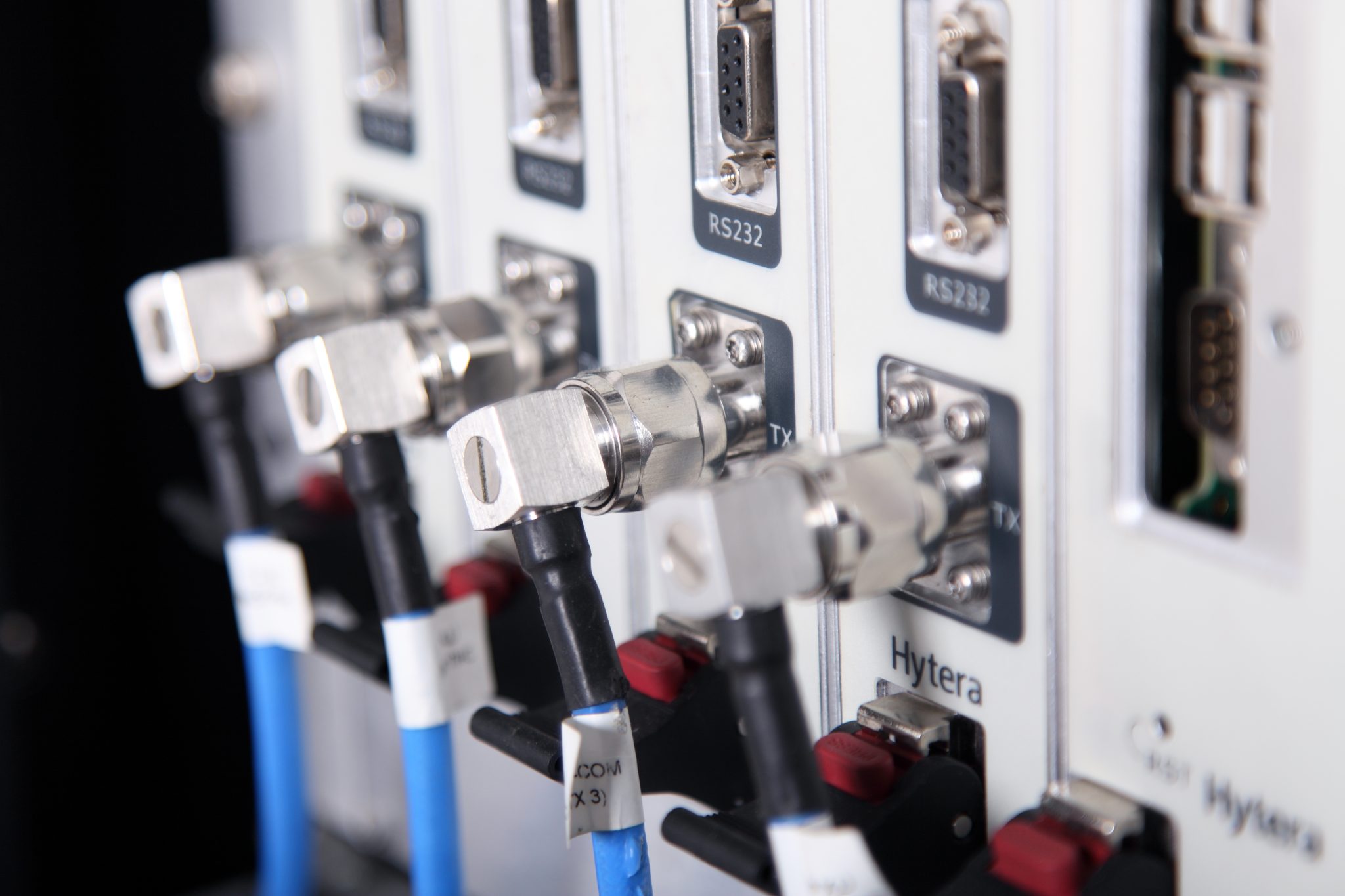Wireless Connection Technology
Zigbee is a wireless connection technology created by the ‘Zigbee Alliance’ which is being used in a developing number of new products.
It is a wireless technology operating in the unlicenced 2.4 Ghz ISM (industrial, Scientific, Medical) frequency band.
Characteristics
Zigbee characteristics make it suitable for short range wireless communications.
It is based on the IEEE 802.15.4-specification, created by the Institute of Electrical and Electronics Engineers (IEEE).
The technology is used to create personal area networks, also known as PAN(s).
PAN’s are created using low-power digital radio tranceivers, using Zigbee technology.
PAN’s are used in applications including home automation, data collection, and medical devices.
Zigbee is designed to be used in small scale projects requiring wireless connection.
Characteristics of the technology is low-power consumption and RF transmit power, low data transmission rate, and short communication range.
- Developed by Zigbee Alliance
- IEEE 802.15.4 based specification
- High level communication protocols
- Used to create Personal Area Networks (PAN)
- Uses small low power digital radios
- Typically used for home automation, medical device data collection, other projects requiring low power & low bandwidth
- Conceived in 1995, standardised in 2003, revised in 2006
Features of Zigbee
- Low power
- Low data rate
- Close proximity data communications
- Wireless ‘ad hoc’ network (WANET), which is a decentralised type of wireless network.
Zigbee Advantages (compared with other WPANS, such as Bluetooth & WIFI)
Applications (typical uses)
- Wireless light switches
- Home energy monitors
- Traffic management systems
- Other consumer & industrial equipment, requiring short communication range & low wireless data transmission rate
Typical Performance
- 10 – 100 meters range (per device), based on line of sight
- Range dependent on both power output & environmental characteristics
- Long distance communication possible by passing data through a ‘mesh network’, which allows the data to transfer through ‘intermediate’ devices between zigbee nodes
- Long battery life, due to low power consumption
- Secure communication using 128 bit symmetric encryption keys
- 250 kbit/s, which is suited to intermittent data transmissions, such as from a sensor or other input device.

